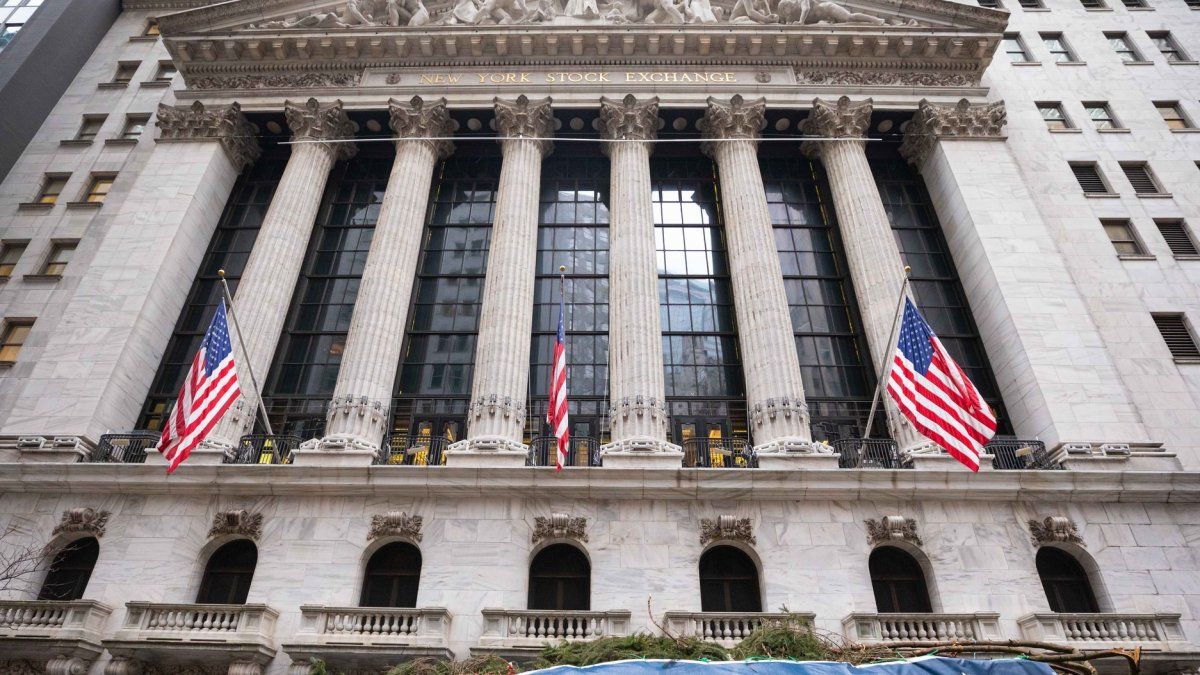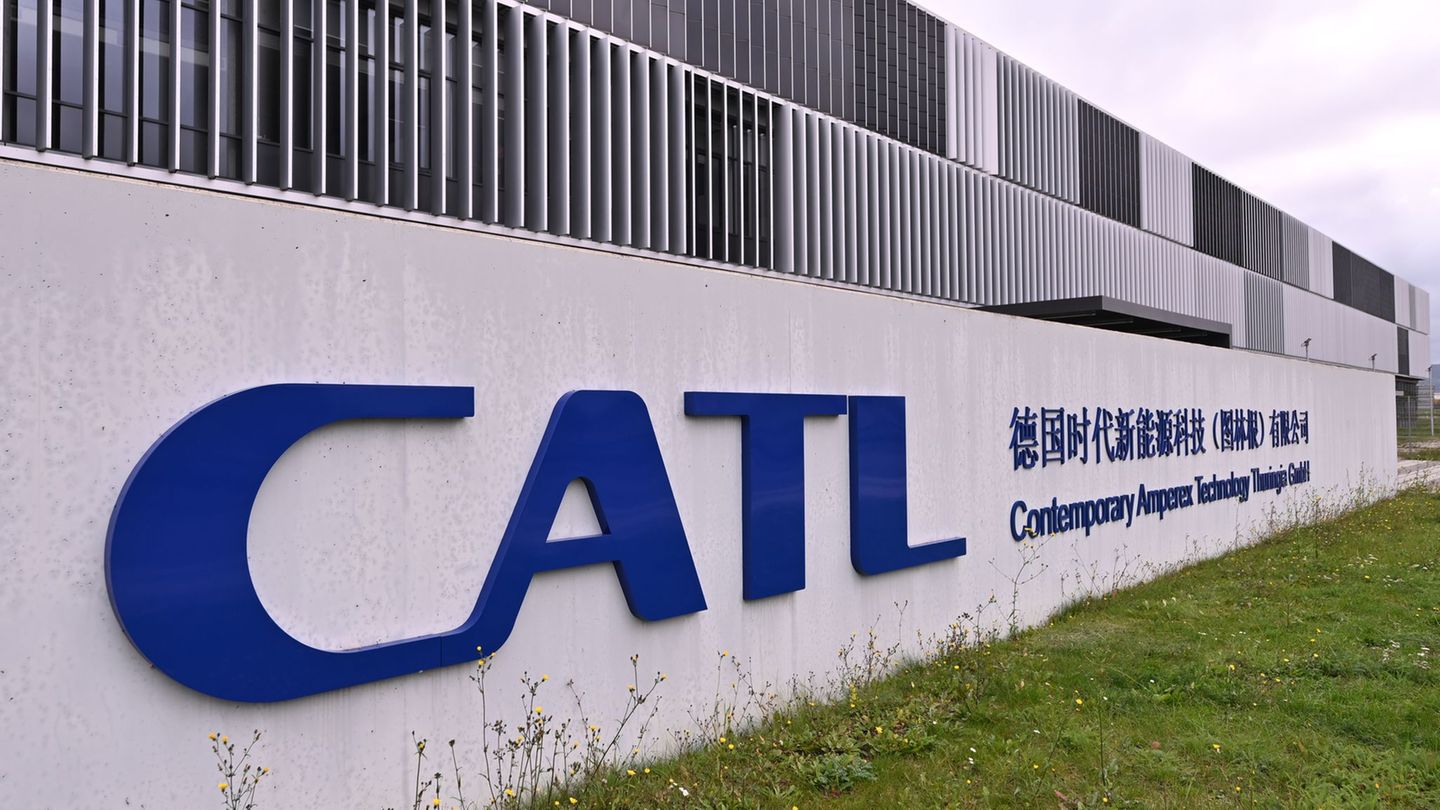“The challenge currently facing equity markets is that highly concentrated returns have made things look unbalanced,” he analyzes Johanna KyrklundInvestment Director of Schroders. For the analyst, stock markets reached new highs and some of the biggest growth companies, like Nvidiawhich has recorded a gain of 80% so far this year after an increase of 240% in 2023, drives the equity markets.
Kyrklundm He maintains that it is understandable that there was some concern about the direction of travel. However, a look at valuations beneath the surface shows that, globally, “equity valuations remain quite attractive“. And, as he well explains, excluding the largest technology stocks, the S&P500 trades around 19 times the expected earnings for 2024, in line with recent history.
Other markets outside the United States are trading at a significant discount to the New York market and below the 15-year medians on most measures. And he warns: “While by no means cheap as a group, even the Magnificent Seven have generated corporate profits to support their valuations“We are still a long way from the Internet bubble world of the 1990s, when investors talked about “price per click” in the absence of corporate profits, he says.
“Although I am prone to nostalgia for the 1990s, current conditions are different and we do not believe that equities are expensive“Kyrklundm maintains in relation to the comparison of what happened in the markets at that time with the rise of the Internet and companies like Cisco.
Bubble in sight on Wall Street?
Regarding relative valuations within equity markets, Schroders it keeps “neutral” in large-cap stocks, “because we lack the catalysts to underweight the Magnificent Seven and, in any case, we believe that trading those seven stocks as a block underestimates the very different business drivers between the individual companies,” Kyrklundm maintains. The strategist adds that the dynamics behind the growth of Amazon, Google and Microsoft is very different from Apple or Tesla. “We prefer to trust our stock pickers to address idiosyncratic risks in each case.”
Turn to other latitudes
However, Kyrklund explains that we are now responding to more attractive valuations outside the US by expanding our exposure to US equities to the rest of the world. In that sense, argues that Japan is interesting because of its stimulative monetary policy and an ongoing cultural shift towards better capital allocation and shareholder returns.
markets stocks live finance investments
Depositphotos
The recovery of the global manufacturing sector favors the stocks of Europe, Asia and emerging markets. There is also a window in which the fall in inflation justifies rate cuts in the US and Europe, “which is useful for valuations, and many emerging economies have already begun to relax monetary policy,” the analyst slips.
“Fortunately, we have seen some broadening of market performance, as 44% of stocks outperformed the MSCI World All Countries compared to 34% in 2023″, he asserts. The environment may become more challenging as the year progresses if central banks fail to meet their inflation targets, but for now we remain positive on equities.
Drivers to take into account
Finally, Kyrklundm points out the political risk. He explains that geopolitical tension is an unfortunate constant. “Geopolitical events are very difficult to position because their timing is almost impossible to predict,” she says. The only true defense is to diversify your allocations by geography and asset class and, from a corporate perspective, review the resilience of global supply chains.
Obviously, the timing of the elections is known, but I would say we can overemphasize its importance. We have already seen a change in the political consensus, towards greater fiscal intervention and protectionism that will be maintained regardless of the electoral results. For Kyrklundm, this contributes to a deterioration in the trade-off between growth and inflation, meaning that it is highly unlikely that we will return to a world of zero interest rates.
Finally, he points out that he also It means we have to reconsider sovereign risk as bond investors react to higher fiscal spending. Again, this is very different from the 1990s, when the focus on fiscal rectitude structurally reduced bond market risks. Politics matter, but they tend to play out over months and years rather than days.
Source: Ambito
I am a 24-year-old writer and journalist who has been working in the news industry for the past two years. I write primarily about market news, so if you’re looking for insights into what’s going on in the stock market or economic indicators, you’ve come to the right place. I also dabble in writing articles on lifestyle trends and pop culture news.




